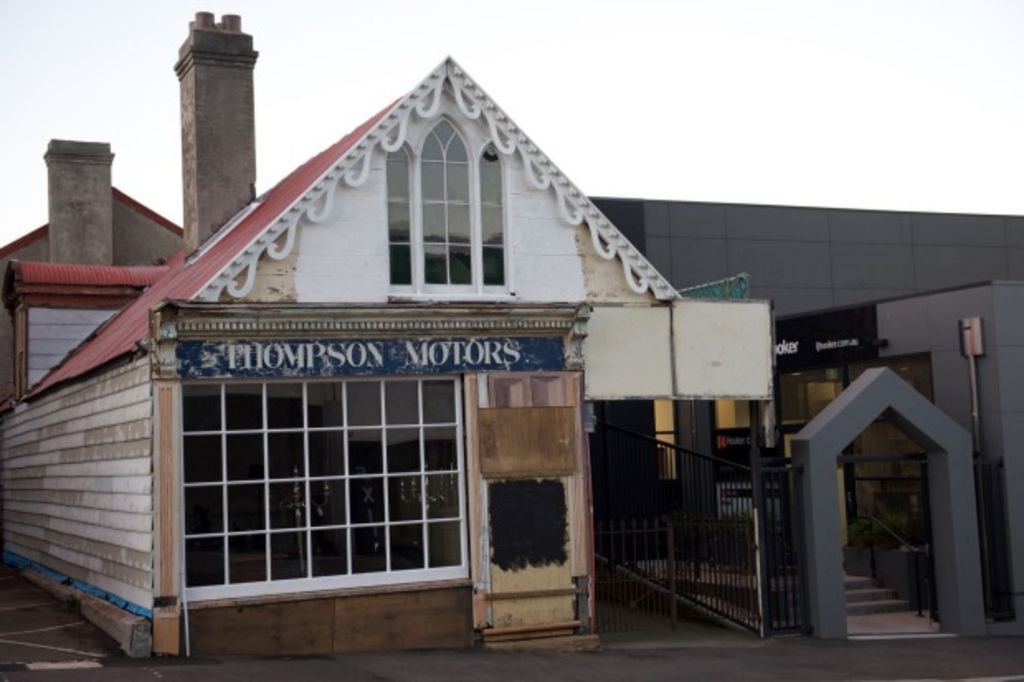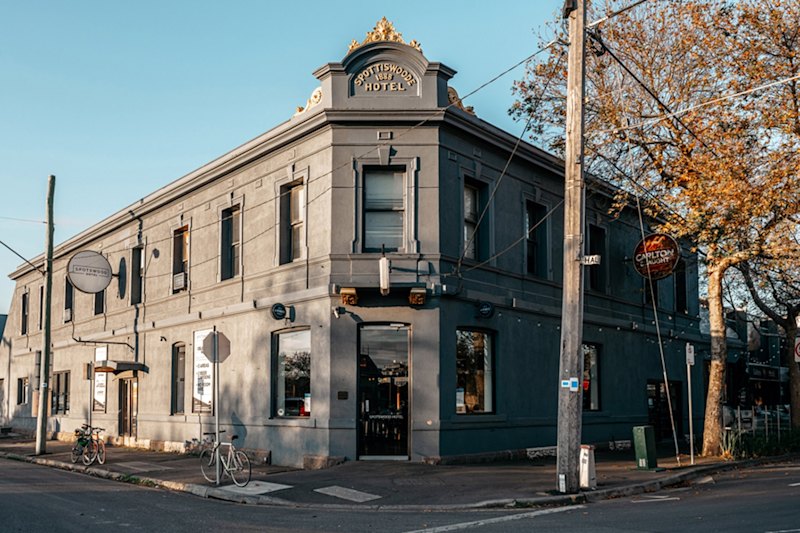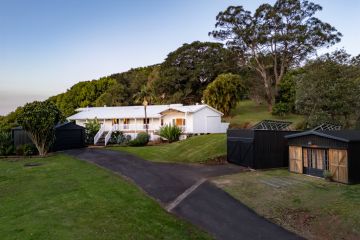Expert advice: What to consider when restoring a heritage home

Whether it’s a well-preserved period home or a derelict site being rebuilt from the ground up, restoring a heritage property requires passion, dedication and expertise.
It’s a process the ABC studies in depth with Restoration Australia, providing a wealth of advice for budding renovators.
Filmed over two years, the television series follows the owners of seven neglected properties as they transform ruins into family homes.
The show’s host, designer Sibella Court, is passionate about preserving Australia’s historic homes.
“Australia’s rich and diverse history deserves to be celebrated and acknowledged through the preservation of its colonial houses,” Court says.
The properties featured in the series date back to the 1840s and range from a humble pug and pine hut in the Flinders Ranges to a grand Georgian mansion in Wollongong.
“All the homes were so different, with incredible families navigating their restoration, I could not pick a favourite,” Court says.
Originally built by stonemason Keith Hall in 1885, the Beechworth home featured in episode one begins as nothing more than a pile of granite. Over the series, the property is rebuilt by the owner who single-handedly manhandles the stone blocks to their original positions.
Episode three follows the renovation of one of Hobart’s oldest remaining timber buildings, on Harrington Street. After two arson attacks, the former shop has been branded as an “eyesore” and is in grave danger of being demolished.
In 25 years of marriage, Harrington Street homeowners Hadyn and Penny have never lived in a house with a proper kitchen due to Hadyn’s habit of purchasing old properties and proceeding to abandon restorations midway.
While the kitchen remains unfinished, their now restored house is an extraordinary example of a home that’s been brought back from the brink.
“Any renovation has its trials, tribulations and joys and perhaps more so in a restoration,” Court says.
“Availability of materials, heritage, building rules, regulations, time, budget all raised their heads at some stage throughout the program.”
Interested in tackling your own restoration project? Our expert panel reveals their top restoration tips for planning, building and design.
Expert panel
The builder: John Bruno, director at Rendercorp Victoria
The conservator: David West, executive director at International Conservation Services
The designer: Sibella Court, designer and host of Restoration Australia
Planning
- Prior to purchasing a property, the first point of call is to contact the relevant council or authority to find out if there are any overlays or restrictions. If your house is heritage listed, learn what this will mean for your restorations.
- Try to obtain the history of the building, including when it was built and its original use. This information will help owners better understand the period architecture aesthetics and the construction methods used.
- Find a local heritage architect and ask them what will be involved in carrying out restoration work. Get an understanding of the requirements for consultant reports and any professional fees.
- Ask, research, investigate, and plan before you lift a tool; don’t make assumptions. Allow one to two years to complete planning before commencing any construction work.
- When looking for tradespeople, ask owners of other heritage listed homes who have done their own restoration work.
- Be cautious about directory listings of tradespeople as their level of experience can vary. Ask for references and check them by visiting the houses and speaking to the owners.
- Check if the original building plans are on file at your local council. This gives you an idea of what the building originally looked like and allows for easy comparison to its current structure.
- Talk to as many people with knowledge as you can. Everybody will have slightly different opinions, so it is important to weigh up every piece of advice you receive and check it with the relevant planning authority.
- It’s advisable to live in the house for a couple of years before restoring (where possible) to get a feel for how it behaves when it is hot or when it rains. This will enable you to best learn how the materials of your house deteriorate. There may be a good reason why the brickwork is painted or why there is timber panelling in all of the rooms.
Building
- Start from the ground up. Foundations need to be structurally sound before you can move forward with restoring any other part of the building.
- Erosion happens over time and is the result of atmospheric pollution, foundation movement and the expansion and contraction of building materials due to weather. Water penetration is the main area to address prior to completing exterior restoration.
- Don’t forget to factor in potential hidden costs when completing structural works, such as aerial visual covers to enable contractors to work near electricity. You also may need to engage in some form of engineering to ensure the building is structurally safe.
- Avoid project managing your own project. Engaging with heritage based subcontractors, architects and specialists can ensure that restorations are completed in an accurate manner.
- Don’t think you can cut corners or do work under the radar. Working cooperatively with the relevant authorities may seem like a burden but can often identify opportunities to save money that would previously go unnoticed.
- Be passionate about the heritage of your house.
Resources
These online resources can be referred to easily for quick queries that arise during restorations.
What House Is That
This interactive site depicts different housing styles, ranging from early Victorian to modern. The site allows users to click on the houses and view the design features of that era, building materials, floorplans and even furniture.
Heritage Victoria
Here you can obtain Heritage Victoria’s consultant and contractor database, a listing of subcontractors who specialise in heritage restoration works.
Land Victoria
Here you can obtain an online planning map to look up your property and its corresponding relevant overlays and restrictions.
Heritage Council of NSW
Includes useful information on heritage laws, maintenance alone and relevant publications.
Heritage Space
A heritage advocacy initiative of the National Trust of Australia (NSW).
Ian Evans World of Old Houses
A useful starting point for homeowners, offering information, advice and assistance.
International Conservation Services
Australia’s largest private art conservation business, specialising in fine arts conservation, museum and heritage buildings, with a wide range of expertise and experience in conserving and maintaining cultural and heritage material.
Restoration Australia continues Tuesday, 8.30pm on ABC.
We recommend
We thought you might like
States
Capital Cities
Capital Cities - Rentals
Popular Areas
Allhomes
More







